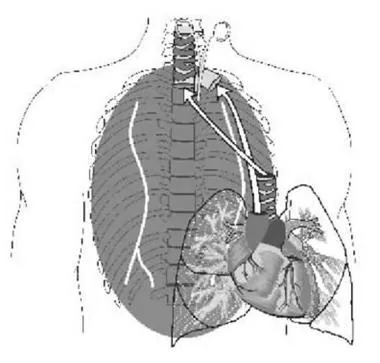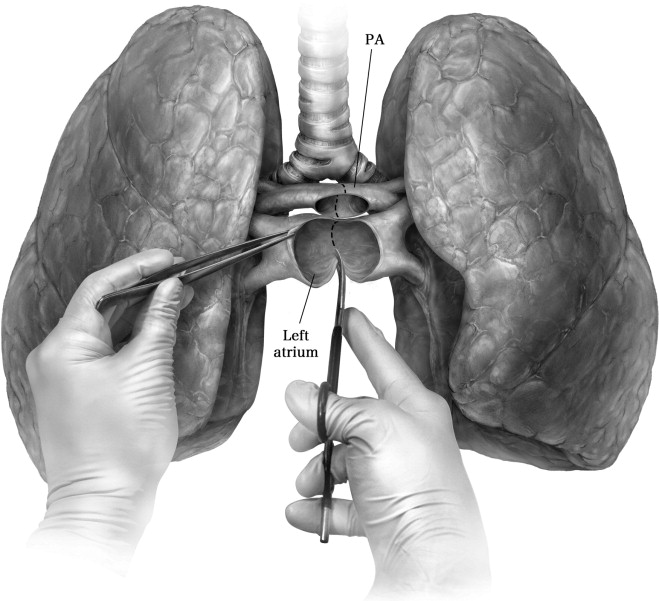Double Lung Transplant
Table of contents
Overview
A lung transplant is a medical procedure that requires surgery to replace a damaged or diseased lung of an individual with a healthy lung. It is usually the last resort when all other forms of treatment have failed. The medical condition or severity of an individual’s disease determines the replacement of one or both lungs.
The procedure is a major one in that complications may arise, but if done properly, the overall health of the individual will be greatly improved. Before undergoing major surgery such as a lung transplant, such individuals should be aware of the process, its potential risks and care afterward.
An unhealthy lung makes it hard for the body to receive oxygen. This reduces the survival rate of such an individual. Several treatment options for lung damage include medication or the use of special breathing devices. These treatment options may stop working, and the condition can become life-threatening. At this point, depending on whether one or both lungs are bad, the medical doctor will recommend a single lung or double lung transplant.
In cases where an individual is suffering from coronary heart disease, blood flow will be restored to the artery by performing a medical procedure before the lung transplant is done.

Types of Lung Transplants
There are three major types of lung transplants.
- Single Lung Transplant – A single lung transplant is done when one lung of an individual has become damaged. It is often conducted when treating pulmonary fibrosis but not cystic fibrosis. The donated lung will soon become infected if a single lung transplant is used to treat an individual with cystic fibrosis.
- Double Lung Transplant – This type of transplant is majorly used on people with cystic fibrosis or chronic obstructive pulmonary disease (COPD). It involves replacing both lungs of the recipient with two donated lungs. Hence the name, double lung transplant.
- Heart-Lung Transplant – There are cases where an individual may require a combined heart and lung transplant. In these cases, the individual may suffer from a serious heart condition and an advanced lung disease.

What happens before a double lung transplant?
Before conducting a lung transplant, a pre-transplant screening is done. This is to ensure that the procedure is the best form of treatment option. The doctor will gather the following information about the individual.
- The individual’s medical health history
- The family’s medical history
- Blood tests
- Diagnostic tests – Recent scans (CT scans, ventilation-perfusion scans, chest X-rays, pulmonary function test, pap smear and mammogram for women, the prostate exam for men)
- Tissue typing (to test compatibility with donor’s lung)
- Heart tests
- Prescribed medications
- Bone density test
- Sigmoidoscopy or colonoscopy
What happens during a double lung transplant?
Individuals are positioned on the operating table during surgery depending on the type of transplant needed. A double-lung transplant requires that the individual being operated on is lying on their back.
During the operation, anesthesia is given to the individual to make them sleep and prevent pain. The surgeon makes an incision horizontally across the chest beneath the breast tissue. Usually, a heart-lung machine is connected to the individual to support the heart and the lungs. It helps pump blood through the body, removing carbon dioxide and replacing it with oxygen. Other steps taken include:
- Cutting off the connection of blood vessels and airways to the damaged lungs.
- carefully replacing the damaged lungs with the donated lungs
- reconnecting the airways and blood vessels
- stitch up the incision made on the chest
- the incision site will be covered with a bandage or dressing
How long does a double lung transplant take?
The surgical procedure of a double lung transplant usually lasts between 6 – 12 hours.
What happens after a double lung transplant?
After the surgery, the individual is taken to the transplant intensive care unit, where they will be connected to a ventilator. The ventilator will be disconnected when the individual can breathe without support.
Relieve the pain; pain relievers will be given to the individual. Anti-rejection or immunosuppressant drugs will also be given to help the individual’s immune system accept the new lungs.
The individual might stay in the hospital for as long as 3 – 4 weeks. During this period, the lung transplant team will closely monitor the following:
- the overall progress of the individual,
- if the body is rejecting the lungs,
- if there is an infection or complication,
Can you get a double lung transplant?
The requirements for a double lung transplant involve the individual:
- being 60 years of age or less physiologically,
- having no systemic disease that is life-threatening,
- complies with medications and other medical recommendations,
- have a prognosis, i.e., a life expectancy of 18 – 24 months,
- have a good support system of family and friends.
“Medical Advice Disclaimer:
DISCLAIMER: THIS SITE DOES NOT PROVIDE MEDICAL ADVICE OR OPINION:
The information provided in this article or website by way of text, illustration, graphics, Images or any other form in this article or website is provided for informational purposes only. No information or material provided on this site is meant to be a substitute for a professional medical advice. Please refer to your family doctor or specialist in that field for any medical condition, diagnosis and treatment. Do not delay in contacting a professional on account of something you have read in this article or on this website.”
The information provided in this blog is for educational purposes only and should not be considered as medical advice. It is not intended to replace professional medical consultation, diagnosis, or treatment. Always consult with a qualified healthcare provider before making any decisions regarding your health. Read more

